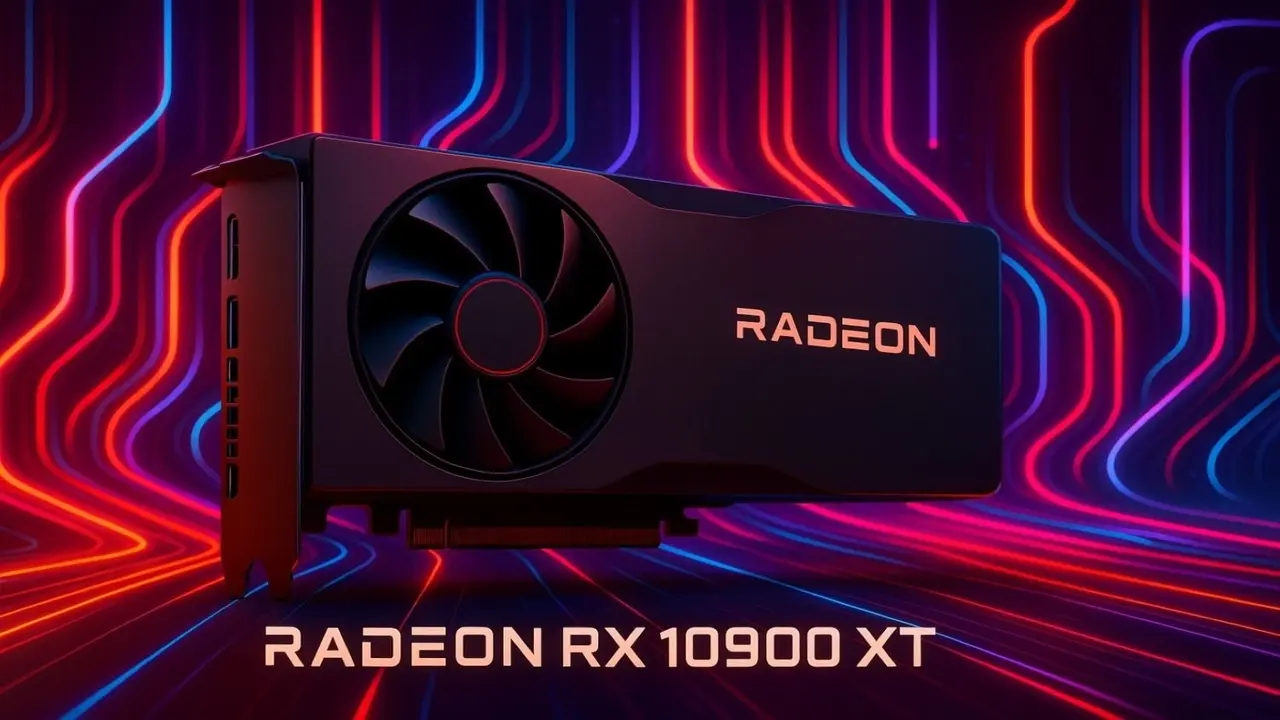The first technical details about the Radeon RX 10900 XT, AMD’s new graphics card based on the RDNA 5 architecture, which hasn’t yet been officially announced, have leaked. The leaks indicate that AMD is making a significant architectural overhaul for its next-generation graphics cards, which it has been developing for some time.
The Radeon RX 10900 XT is here
Rasterization performance, in particular, is reported to have increased by 5 to 10 percent compared to its predecessor, RDNA 4. This increase is said to be due to direct architectural improvements, not hardware changes such as clock speeds or power consumption.

The performance increase is reportedly driven by structural changes that provide higher efficiency per Compute Unit (CU). Moore’s Law is Dead, the source of the leak, states that RDNA 5 offers higher performance than RDNA 4 at the same clock speed, with no increase in power consumption. This suggests a more refined and optimized architecture.
The Radeon RX 10900 XT is manufactured using TSMC’s 3nm process. The card features a total of 154 RDNA 5 Compute Units. The memory module is equipped with 36GB of GDDR7 with a bandwidth of 1.72 TB/s. Power consumption is measured at 380 watts. Leaked technical data suggests that this model’s performance will be on par with Nvidia’s anticipated flagship, the GeForce RTX 6090.
Some information has also emerged about other models featuring the RDNA 5 architecture. The more affordable Radeon RX 10700 XT comes with 64 Compute Units. This card’s performance level places it between Nvidia’s RTX 5080 and RTX 4090 models. It is also expected to be priced under $550.
Some details about the RX 10060 XT, which will join the series in a lower segment, are also noteworthy. This model is reportedly expected to offer performance comparable to the Nvidia RTX 5070. This means AMD is developing models that will directly compete with Nvidia not only in the flagship segment but also in the mid-range segment.
The next-generation RDNA 5 architecture is rumored to be used not only in desktop graphics cards but also on the console side. Relevant sources report that the PlayStation 6 will feature this architecture and offer three times the performance of the PlayStation 5 in terms of rasterization power.
While no official announcements have been made regarding these consoles yet, rumors suggest that AMD is simultaneously advancing its graphics technologies across multiple platforms.
While not all of this information is based on official statements, the consistency of the technical details and the leaker’s past accuracy provide important insights into next-generation graphics cards ahead of the announcements.













